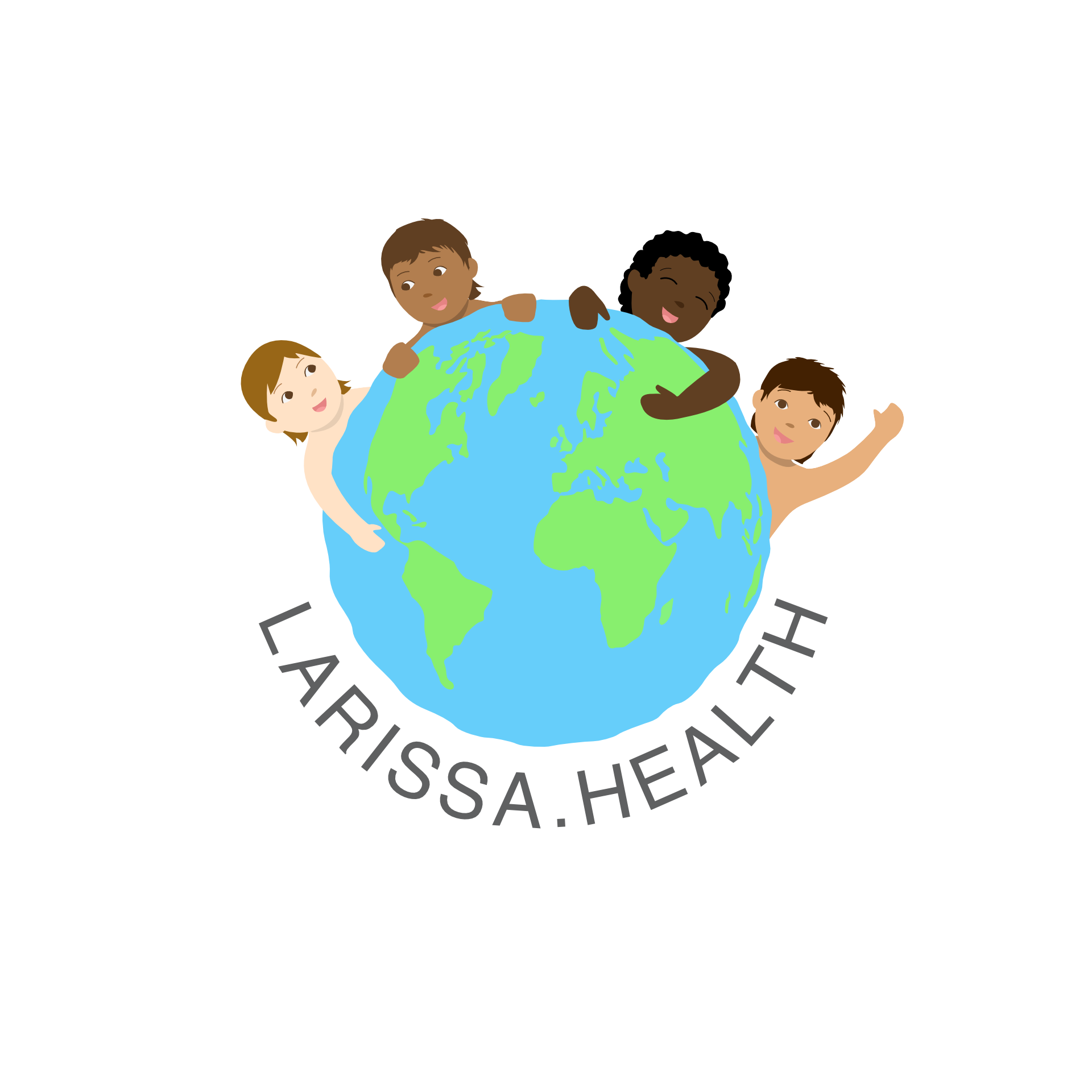Stem Cell Transplantation Offers Hope for HIV Cure
The Düsseldorf-Patient: 3rd HIV-Patient to be Cured by Stem Cell Transplantation and Genetic Mutations
Almost 40 million people worldwide live with HIV, a virus that causes Acquired Immunodeficiency Syndrome (AIDS) and is considered one of the deadliest epidemics in modern history. However, recent developments in stem cell and gene editing technologies have raised hopes for a cure for the disease. In a recent article published in the Nature medical journal, lead author Bjorn-Erik Jensen and his team of international researchers describe the case of a 53-year-old HIV patient who received a bone marrow transplant from a donor with a genetic mutation that made cells resistant to HIV infection. The patient went into remission, and after nine years, the HIV became undetectable in the patient’s blood cells, leading to the stopping of anti-retroviral therapy.
The Medical researchers at the University Hospital Düsseldorf have achieved a third global HIV cure using stem cell transplantation to cure a cancer-infected patient. The "Düsseldorf Patient," a 53-year-old man, received the transplant in 2013 after he was diagnosed with acute myeloid leukemia three years after being diagnosed with HIV in 2011. Doctors used donated stem cells with the CCR5Δ32 gene mutation, which makes it difficult for the virus to enter and infect cells. Only one percent of potential donors have stem cells with the necessary mutation, making it a treatment only available to a few patients. However, after not finding any evidence of the virus for the last five years, doctors stopped antiviral therapy, and the patient is now fully cured.
The success of the "Düsseldorf Patient" has raised hopes for the future of treating HIV-infected patients without cancer using gene-edited stem cells.

This breakthrough follows similar treatments of two other patients: Timothy Ray Brown, the “Berlin Patient,” and Adam Castillejo, the “London Patient.” Both received bone marrow transplants from donors who were naturally resistant to HIV, and both remained free of the virus for many years. In 2022, a US patient with leukaemia became the first woman and the third person to be cured of HIV after receiving a stem cell transplant involving umbilical cord blood from a donor who was naturally resistant to the virus that causes AIDS.
The success of these stem cell transplants is due to the genetic mutation in the gene for the HIV-1 receptor CCR5, which makes cells resistant to HIV infection. Researchers carefully state that HIV remains hidden in other tissues of the body, so it is not yet clear if this type of therapy is a life-long “cure” and the risk of passing on HIV will never be zero using this therapy alone.
These developments in stem cell and gene editing technologies are exciting progress in the fight against AIDS. For the last 30 years, it has been known that some individuals are resistant to HIV infection because they lack CCR5 receptors on their cells, which the virus uses to infect cells of the immune system. While previously harvesting stem cells from donors with rare and special genetics was necessary, they can now be engineered in specialized facilities. The last 10 years have been instrumental in the development of these technologies.
However, there are risks associated with the approach of stem cell transplantation. Patients who receive a transplant from a donor face the risk of developing graft-versus-host disease, wherein donor stem cells see the recipient’s tissues and organs as foreign and attack them. The approach is also too expensive for the majority of the 38 million people living with an HIV infection, many of whom are in sub-Saharan Africa, according to World Health Organization statistics.
Despite these challenges, the progress made in stem cell and gene editing technologies offers a new hope for HIV patients. The COVID-19 pandemic has helped illuminate the mechanisms behind how viruses work, showing that they use special “door handles” called receptors to get into cells. Just as COVID-19 uses the ACE-2 receptor to infect cells of the lungs and other tissues, HIV uses a different receptor called CCR5 to infect cells of the immune system. Therefore, the development of stem cell and gene editing technologies opens new avenues for the prevention and cure of other viral diseases as well.
Stem cell transplantation from donors with genetic mutations that make cells resistant to HIV infection has shown promising results in curing HIV patients. While the approach has some risks and is too expensive for the majority of HIV patients, medical professionals are encouraged by this approach's promise and its potential for curing other diseases.





